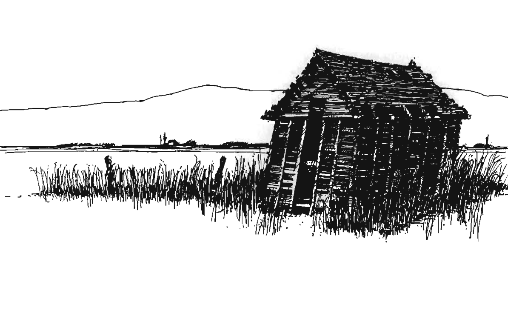Articles/Essays – Volume 07, No. 2
A Prophet’s Goodly Grandparents | Richard Lloyd Anderson, Joseph Smith’s New England Heritage: Influences of Grandfathers Solomon Mack and Asael Smith
Joseph Smith’s New England Heritage by Dr. Richard L. Anderson is an important contribution to an understanding of Joseph Smith’s immediate ancestry and the domestic environment in which he was raised. Since Joseph attributed dominant traits of his character to the influence Oi his “grandfathers while they dandled me on their knees;” and inasmuch as “books debunking Joseph Smith typically begin by downgrading his immediate ancestors,” a careful study of Joseph’s forebearers is long overdue.
This volume contains eight chapters divided into a prologue, an epilogue, and six chapters dealing with the lives of Joseph Smith’s grandparents. Extensive notes provide much detail, enrichment, and clarification. Although limited to names, the index permits quick reference to members of the Smith and Mack families. Twenty-one illustrations give valuable assistance in showing family relationships, New England residences, and pictorial views of individuals and places mentioned in the book.
Chapters two to four focus upon Joseph Smith’s maternal grandparents, tracing events in the life of Solomon Mack from his early war experiences to his death in Gilsum, New Hampshire in 1820. Chapter three contains the text of the autobiographical Narrative of the Life of Solomon Mack that was published about 1811, and is followed by the account of the miraculous healing of Solomon’s daughter, Lovisa. Chapters five to seven detail the life and writings of Joseph Smith’s paternal grandparents. Asael Smith, a Revolutionary War veteran, raised a large family and was a respected community leader in Tun bridge, Vermont. He later moved to New York and lived to see the publication of the Book of Mormon, which he read and accepted. Two extant Asael Smith holograph letters dated 1796 and 1799 are reproduced in chapter six. The family history written by Asael Smith’s son, John, presented in chapter seven is the only account of Asael’s life and the early years of his family.
Dr. Anderson cites numerous incidents in the lives of Joseph Smith’s grand parents that draw attention to the moral fibre of the family. For example: Solomon Mack’s willingness to gamble his life to save a fallen comrade during military action in the French and Indian War; and Asael Smith’s desire to save his father’s name “from going down to posterity as an insolvent debtor,” by personally settling the father’s estate when he died. This resulted in great hardship to Asael as he undertook to pay debts in a time of depression that had been contracted in a time of inflation, and at a time when “thousands of debtors in rural Massachusetts supported armed revolution rather than face compulsory collection and foreclosure proceedings.”
Since a quarter of the book comprises extensive “notes on the text,” the reader who ignores them because they are not conveniently printed at the bottom of each page will miss significant commentary. Many of the notes are small essays in and of themselves that present valuable insight and clarification on side issues and events. The extensive documentation, from hundreds of New England sources, is not only a tribute to careful scholarship and the legal historical talents of the author, but presents a good test for the factual accuracy of the Smith and Mack writings.
Among little known and obscure source material utilized in Joseph Smith’s New England Heritage is the original manuscript of the Lucy Smith history. This document has not heretofore been cited in Mormon scholarship, except as reflected in later versions of Lucy’s history—notably the Coray manuscript and the version published by Orson Pratt in England in 1853 under the title, Biographical Sketches of Joseph Smith the Prophet. Handwriting of the original manuscript identifies it as a Lucy Smith holograph. This manuscript provides added insight to the Smith family and Mormon beginnings that was either passed over in the Coray edition or added by Lucy in revision. The reader may compare the preliminary manuscript with the Biographical Sketches version of Lucy’s history in the parallel presentation of Lovisa Mack’s healing in chapter four.
In conclusion, Joseph Smith’s New England Heritage is a valuable study of the lives of Joseph Smith’s grandparents that broadly illuminates the immediate environment that produced the Mormon prophet. If Dr. Anderson’s presentation of the heroic side of his subject’s lives seems to obscure any failings, the book nevertheless offers a serious alternative to the image of Joseph Smith and his immediate ancestors that has been portrayed by his critics.
Joseph Smith’s New England Heritage: Influences of Grandfathers Solomon Mack and Asael Smith. By Richard Lloyd Anderson. Salt Lake City: Deseret Book Company, 1971. 230 pp. $4.95.


 Back to full Issue
Back to full Issue

